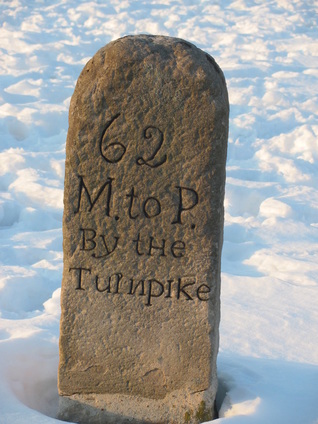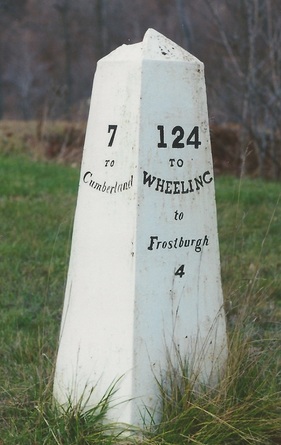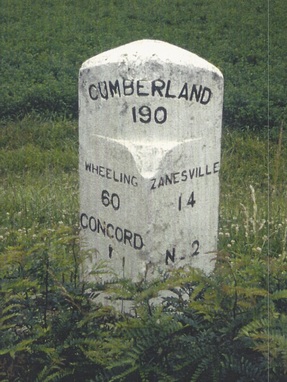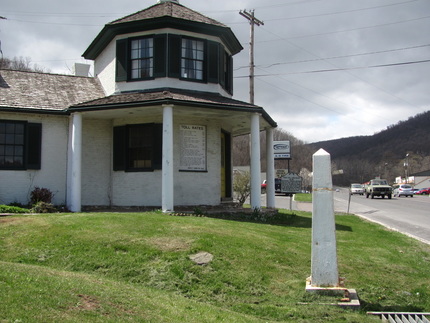Are we there yet?
The answer to the perennial travelers’ question was answered 200 years ago by milestones, placed at one mile intervals along the roads. Today most commonly used as metaphors, actual milestones were used to indicate the distance to nearby cities and towns along turnpikes and post roads. Surprisingly, hundreds of these artifacts survive - we drive right past them in our everyday travels! Some are hidden in the roadside underbrush, yet others stand defiantly right next to busy travel lanes.



